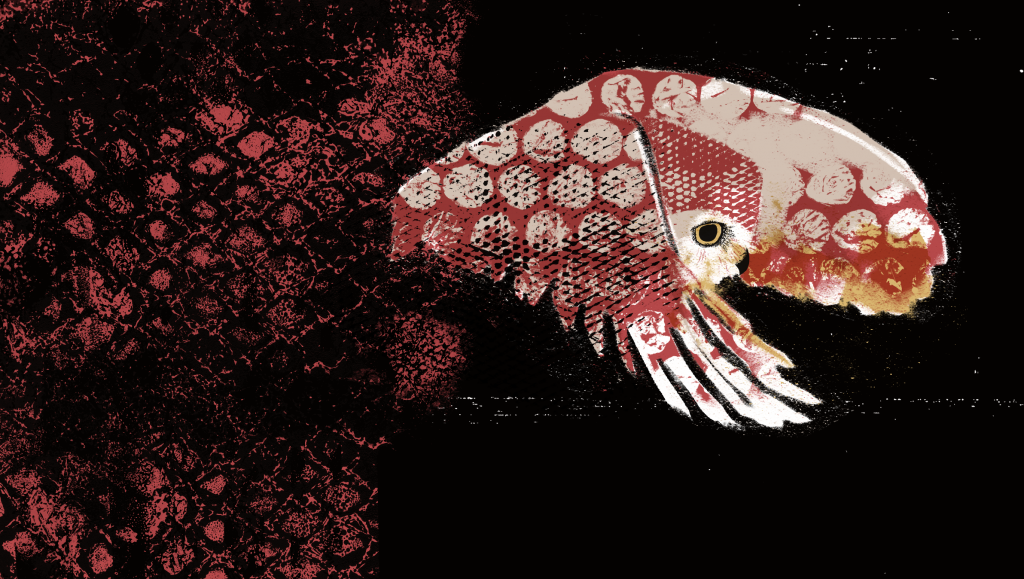A novel warning system to alert villagers to passing elephants could reduce human-elephant conflict on the Valparai plateau in Tamil Nadu, southern India, a mosaic of plantations (predominantly tea), woodlots and rainforest fragments. Home to one of the largest populations of elephants in the region, the plateau sees frequent interactions between people and elephants that result in accidental human fatalities, usually late in the evening or at nighttime, when elephant movement is hard to see.
But a new initiative by M Ananda Kumar and colleagues at the Nature Conservation Foundation, Mysore, could change all that. In association with the corporations, running the plantations, the Forest Department, media, and women’s self-help groups, Kumar and his team plan to install “ashing red lights activated by GSM-based technology mounted on poles near colonies and bus stops. These ‘Elephant Alert Indicators,’ seen from up to a kilometer away, will “ash red when elephants are in the vicinity, allowing locals to use alternative routes or wait till the lights are turned off. Kumar and his team, who have documented elephant-human conflict in Valparai since 2002, hope to build on the success of earlier initiatives. The team previously introduced a system that allows villagers to learn of elephant herd movement across the plateau through cable TV. The movements of the elephant herds appeared on a news ticker across the screen of a local television channel through the evenings.
Technology offers promising solutions to conservation problems, says Kumar.
Selling Nests to Save Birds
The indiscriminate poaching of swiftlet nests could be ended while at the same time allowing simultaneous sustainable harvest of nests in the Andaman Islands, India, according to a bold initiative by scientists and forest officers.
Edible-nest swiftlets are widely distributed across the south and southeast Asia, and their nests are the main ingredient in bird-nests soup, a popular dish in the Orient region. Valued at US $ 400/kg in the international market, poachers in India can earn up to Rs. 10,000/kg of nests harvested. Poaching of nests from caves prevents birds from raising young, and the subspecies of swiftlet on the Andaman Islands is under threat. Efforts to control this by including the species in Schedule I of the Indian Wildlife Protection Act (according it the highest degree of protection) failed, given the difficulty of monitoring caves in inhospitable terrain. The solution could lie in a unique program initiated by the late Ravi Sankaran and now executed by Shirish Manchi, Salim Ali Centre for Ornithology and Natural History, Coimbatore in association with the Andamans Forest Department. The program employs poachers to protect caves (numbering 181), and nests are harvested after the first breeding cycle.
Additionally, birds are translocated to abandoned buildings in order to establish breeding centres similar to those in Southeast Asia. Cross-fostering of chicks from caves to the buildings will eventually encourage more birds to breed in the buildings, given that the species is philopatric. Nests are kept in the custody of the forest department, and their sale will be monitored by a co-operative society (comprising of forest department, local communities and biologists). The team persuaded the Indian Government to deregister the species from Schedule I on a probation basis for 3 years, during which this controversial program will be monitored.





